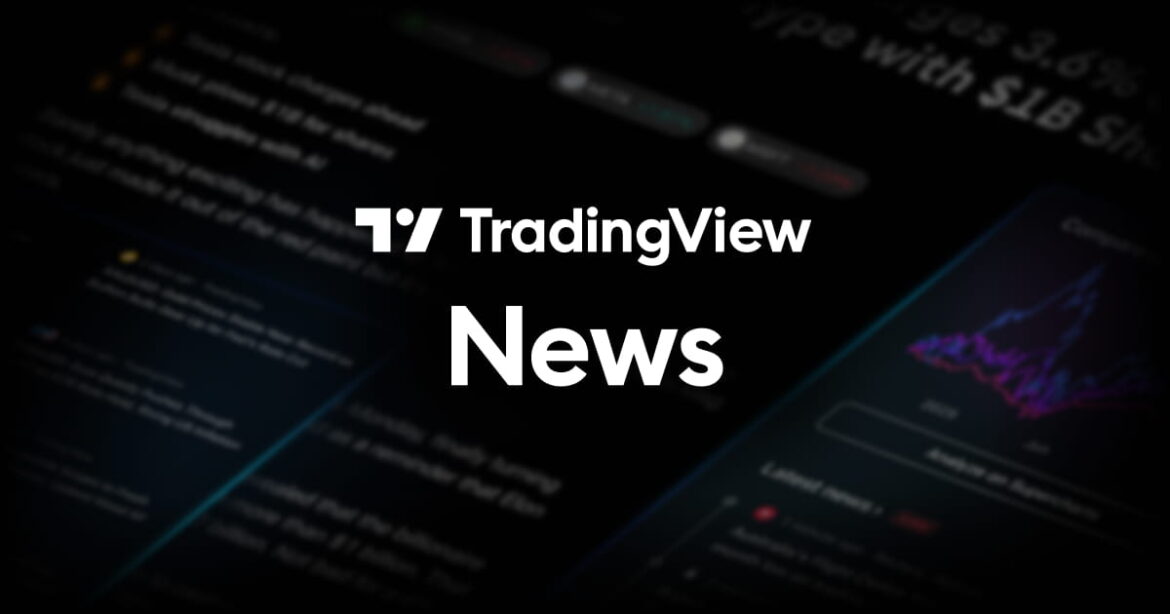By Hudson Lockett
Sanae Takaichi wants to spend a lot of money on Japan, but she also needs to sort out some hefty financial obligations to the United States. The fiscally expansionary prime minister, who took office on Tuesday, heads into supplementary budget negotiations under pressure to secure backing for $550 billion her predecessor Shigeru Ishiba pledged to invest in U.S. projects as part of his tariff deal with the White House.
The entire amount has to be spent before her U.S. counterpart Donald Trump’s term ends in January 2029. Failure to deliver would, per a memorandum of understanding signed by both sides in September, enable the American president to raise tariffs on Japanese goods back up from the 15% level Ishiba secured. Fortunately, his successor has inherited a flexible policy framework that can potentially draw on a mix of public and private funding. Given Takaichi’s desire to use fiscal spending to boost growth, she’s likely to lean on the latter to avoid immediate budgetary constraints.
Right now, though, the path for government funding is more fully sketched out. Last month the Japan Bank of International Cooperation (JBIC), an import-export bank owned by the government, announced a dedicated fund for U.S. projects. Ryosei Akazawa, Ishiba’s chief trade negotiator, said in July he expected JBIC to cover a third of the total via loans, and suggested in September that half of this $183 billion could be paid for using investment proceeds from Japan’s $1.3 trillion in foreign reserve holdings. The other half could be funded by debt issuance from JBIC or the finance ministry.
That leaves another $367 billion for Takaichi to drum up, which is where private lenders and Nippon Export Investment Insurance (NEXI) can come in. NEXI, whose involvement was flagged by the finance ministry alongside JBIC, provides insurance for loans and other transactions in risky foreign markets. The state-owned insurer could act as guarantor for Japanese commercial bank loans to U.S. projects, though it’s not clear what share of lending might be covered.
Both options raise questions about Japan’s credit profile. One sovereign analyst at a credit rating agency says that since JBIC and NEXI are self-sustaining organisations, their obligations aren’t usually lumped into the Japanese government’s debt load of 1.3 quadrillion yen ($8.7 trillion). But it’s not clear this would hold true if Tokyo, via JBIC and NEXI, puts itself on the hook for much or even all of the $550 billion. Japan’s investment could alternatively take the form of equity, but in July Akazawa predicted the share of such investments would only account for 1% to 2% of the total.
 Thomson ReutersUS investments could add to Japan’s ¥1.3 quadrillion debt pile
Thomson ReutersUS investments could add to Japan’s ¥1.3 quadrillion debt pile
Whatever funding plan the prime minister lines up, the money can’t flow from Tokyo until Washington nominates projects. The September MOU requires Trump to set up a special committee chaired by the commerce secretary to recommend and oversee investments, with input from a consultation committee comprised of American and Japanese members. But the White House has yet to even confirm a list of members for either committee.
That may buy time for Takaichi as she prepares for her first meeting with Trump, who per the September accord can’t hike tariffs if Japan hasn’t turned down any funding demands. If investments don’t start flowing by early next year, though, Japan’s first female prime minister could quickly find herself scrambling to fend off tariffs, just like her predecessor.
Follow Hudson Lockett on Bluesky and X.
CONTEXT NEWS
Sanae Takaichi became Japan’s first female prime minister on October 21, setting the stage for negotiations in the legislature over the country’s supplementary budget. Tokyo is under pressure to secure funding sources for the $550 billion pledged towards strategic investments in the U.S. in exchange for lower American tariffs on Japanese goods.
According to a memorandum of understanding signed by both countries on September 4, the U.S. president must create an investment committee chaired by the commerce secretary, which will recommend and oversee investments with input from a consultation committee comprised of U.S. and Japanese members. No official announcements have been made regarding the members of either committee.


AloJapan.com